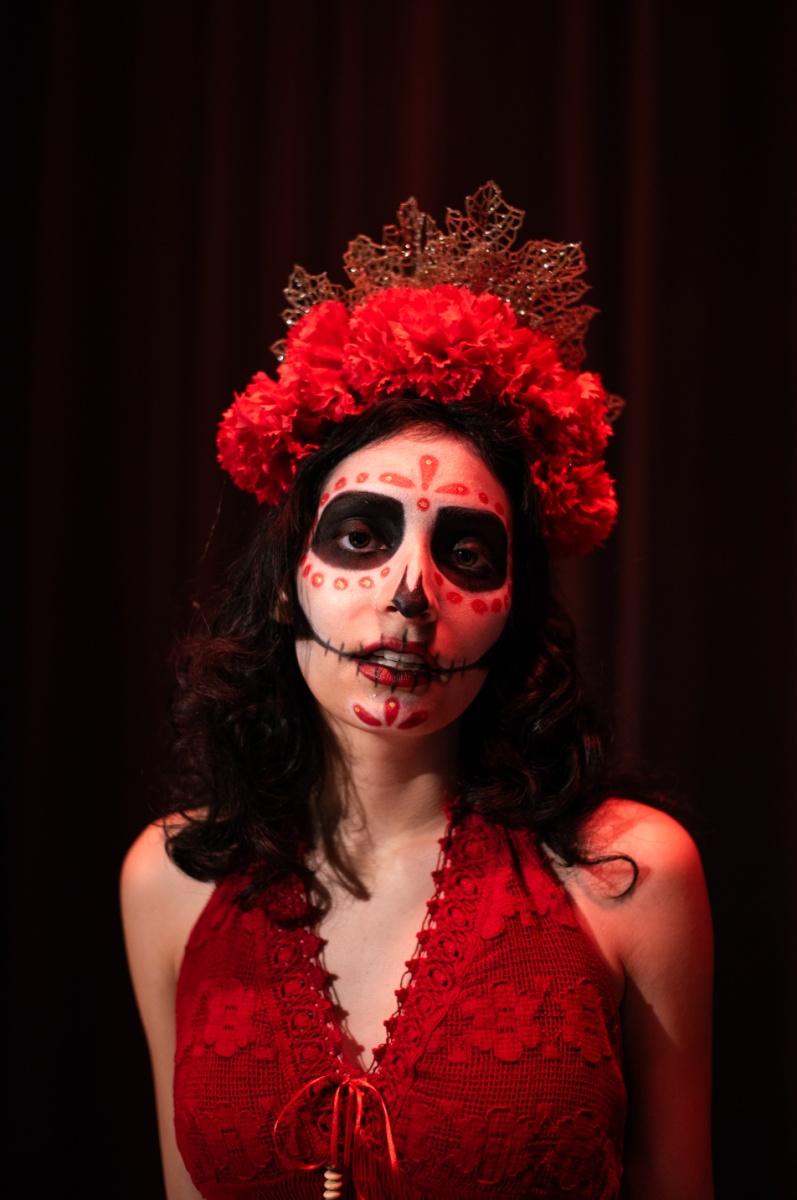Do movies impact the way you think? Feel? Dress? Or even act? For better or worse, the media has influenced various generations in a multitude of ways.
“Movies and cinema have a profound way of connecting people to content they may never have conceptualized or been exposed to, and that is powerful,” said Christiana Paradis, Instructor of women, gender and sexuality studies here at Oregon State University.
An imperative example of how societal changes can be shown and influenced through media is Cassandra Peterson’s classic character, Elvira, from the 1988 film “Elvira: Mistress of the Dark”.
“Elvira, Mistress of the Dark, formed who I am today and how comfortable I am in my own weirdness,” said Elle Stephenson, a third-year studio art major at OSU.
Stephenson described Elvira as unapologetic even when facing criticism when reflecting on the time of the film’s debut in 1988. Elvira’s character was influenced by the era between the second and third waves of feminism.
“She also embraces her body in such a unique way for the time,” Stephenson said. “She is sexual and comfortable in her sexuality.”
Elvira’s character was influenced by the era between the second and third waves of feminism.
“Four Waves of Feminism”, written by Martha Rampton for Pacific University Oregon, reported that the “second wave began in the 1960s and continued into the ‘90s.” The third wave began around the mid ‘90s.
According to Rampton, the crossroads of feminism resulted in a newfound identity for many.
“The ‘grrls’ of the third wave stepped onto the stage as strong and empowered, eschewing victimization and defining feminine beauty for themselves as subjects, not as objects of a sexist patriarchy,” Rampton wrote in “Four Waves of Feminism”.
While these social movements may have impacted Elvira, the character herself was a step in a new direction. She faced backlash at the time, primarily for how she acted and the way she dressed.
Paradis explains that although many movements revolutions from the previous eras such as from the ‘60s and ‘70s were often faced with much backlash to women’s liberation especially sexual liberation. Which often resulted in the “tightening up” of expectations of women throughout the ‘80s and ‘90s.
“So, Elvira, emerging as someone owning her sexuality during a time where expressing sexuality was deemed deviant, was incredibly bold,” Paradis said. “I think her success speaks to the desire for women and queer audiences to see themselves in a character (or) to see representations of sexuality beyond what had historically been presented.”
Paradis shared a quote from the documentary “Miss Representation”: “You can’t be what you can’t see.”
“Representation like Elvira is what shifts the narrative of what we all can be (or) possess,” Paradis added to the quote from “Miss Representation”.
For some such as Stephenson, Elvira helped individuals to feel comfortable being authentic to their true selves.
“Elvira broke down the walls that allowed a further conversation about the intricacies of expression and sexuality,” Stepheson said. “Her influence created the capacity for free expression to be embraced and navigated.”
This fight for inclusion and representation in media is never over, but it is essential to recognize the impact of those who historically impacted generations of individuals.
Best put by Paradis, we as consumers of media are responsible for demanding what we want to see and invest in;
“Women like Elvira remind us we can be who we want to be regardless of what societal norms are telling us,” Paradis said. “Raise your voice, tell your story, and to hell with the narratives that tell us we should be quiet and sit in a corner or go back in the closet because we will not go back.”

















